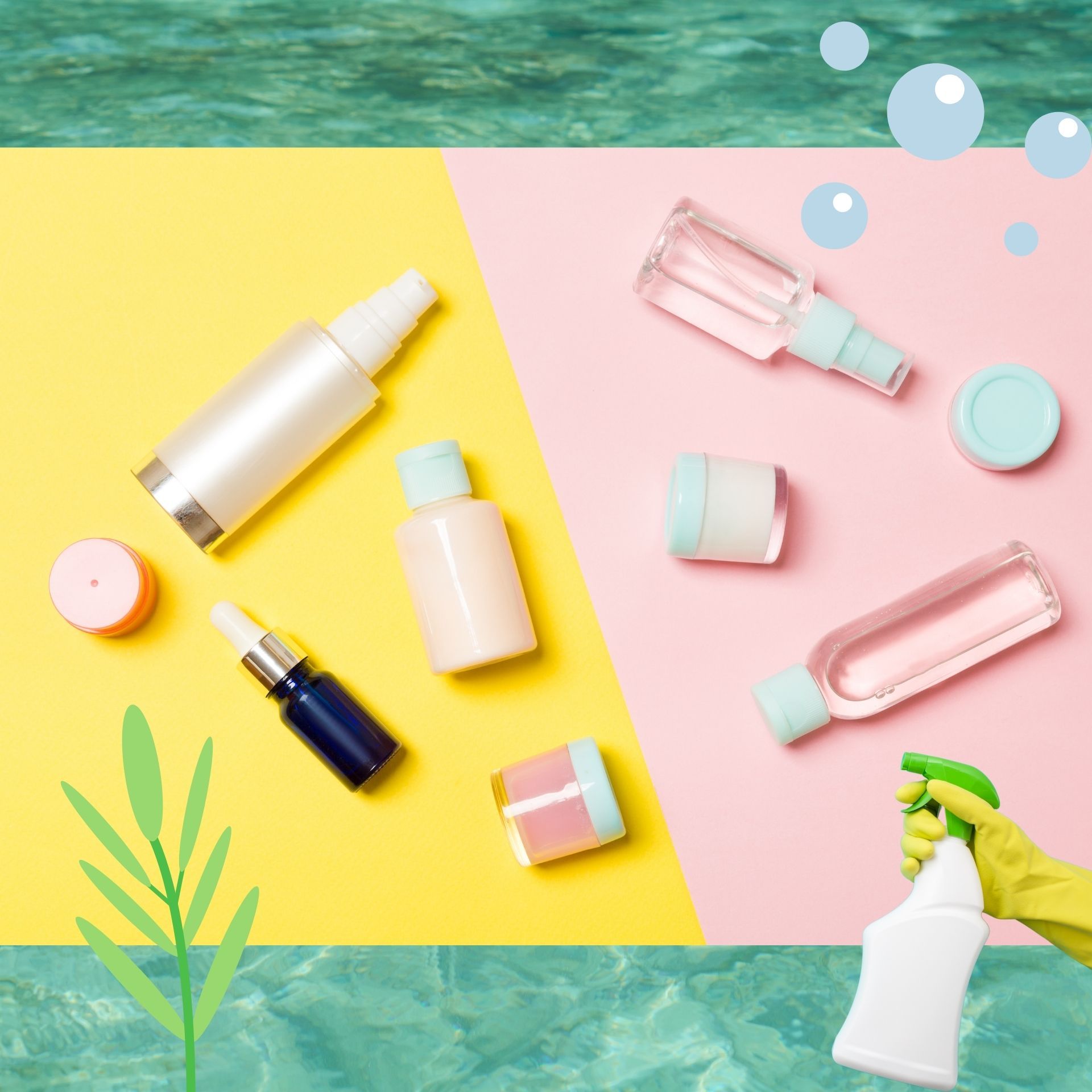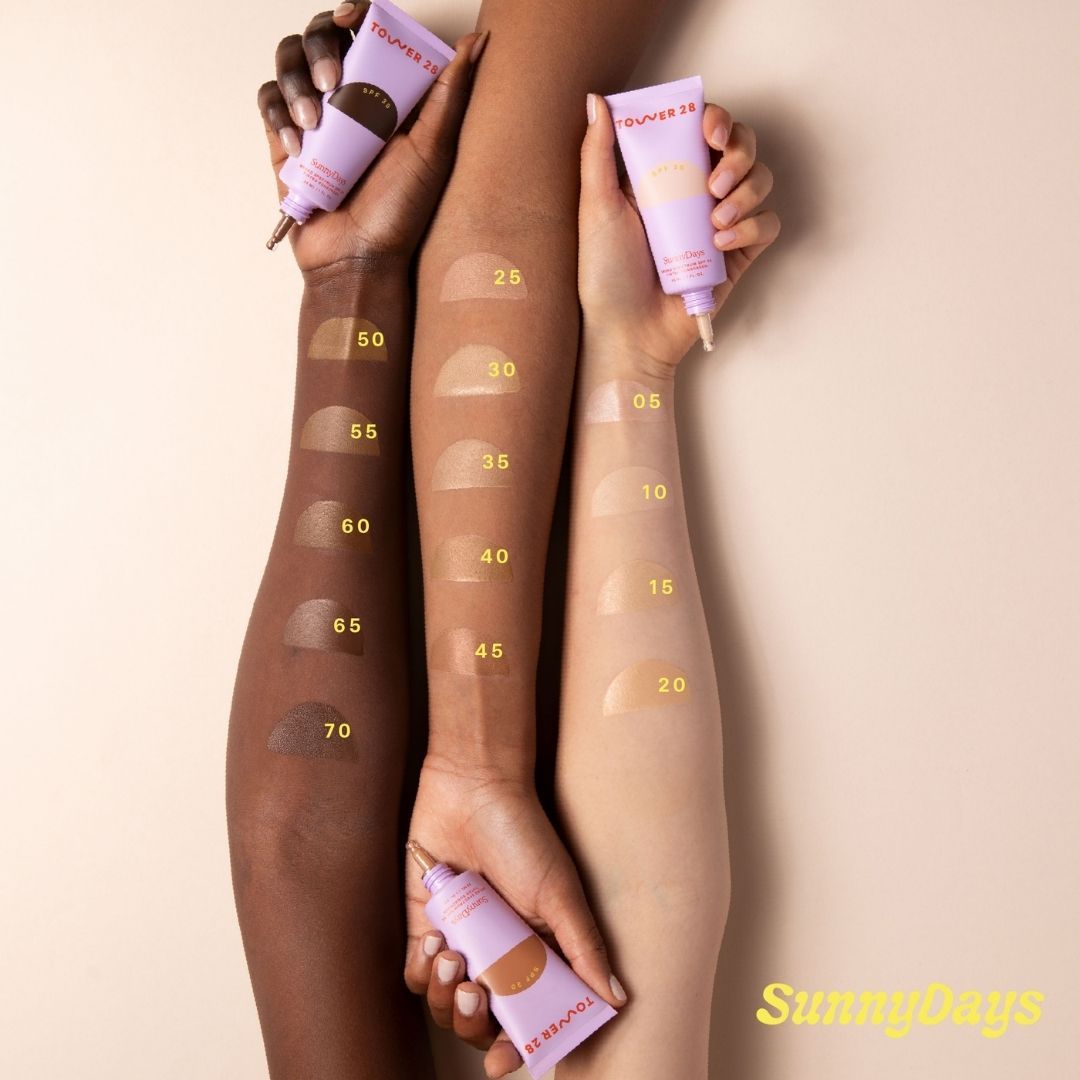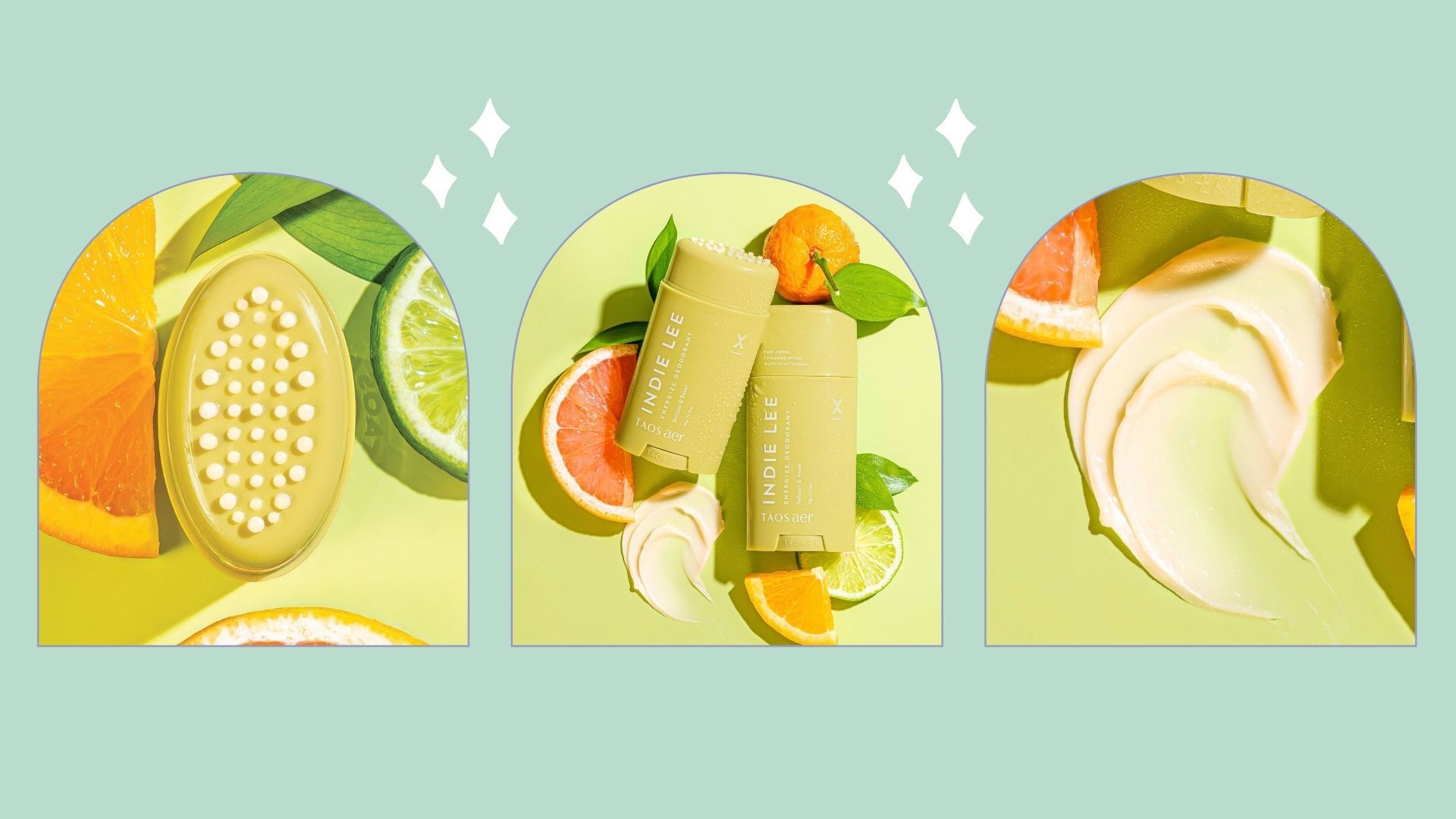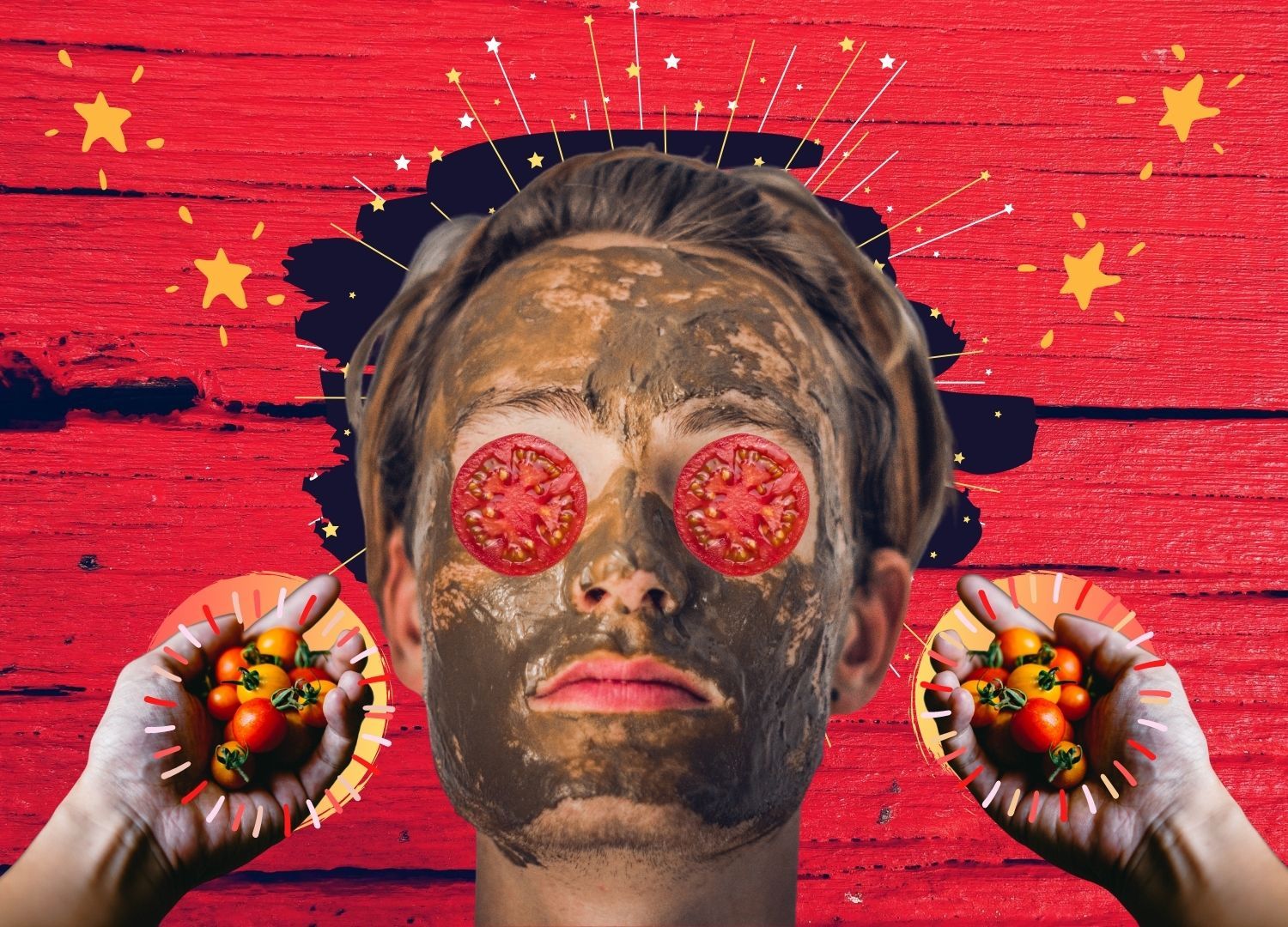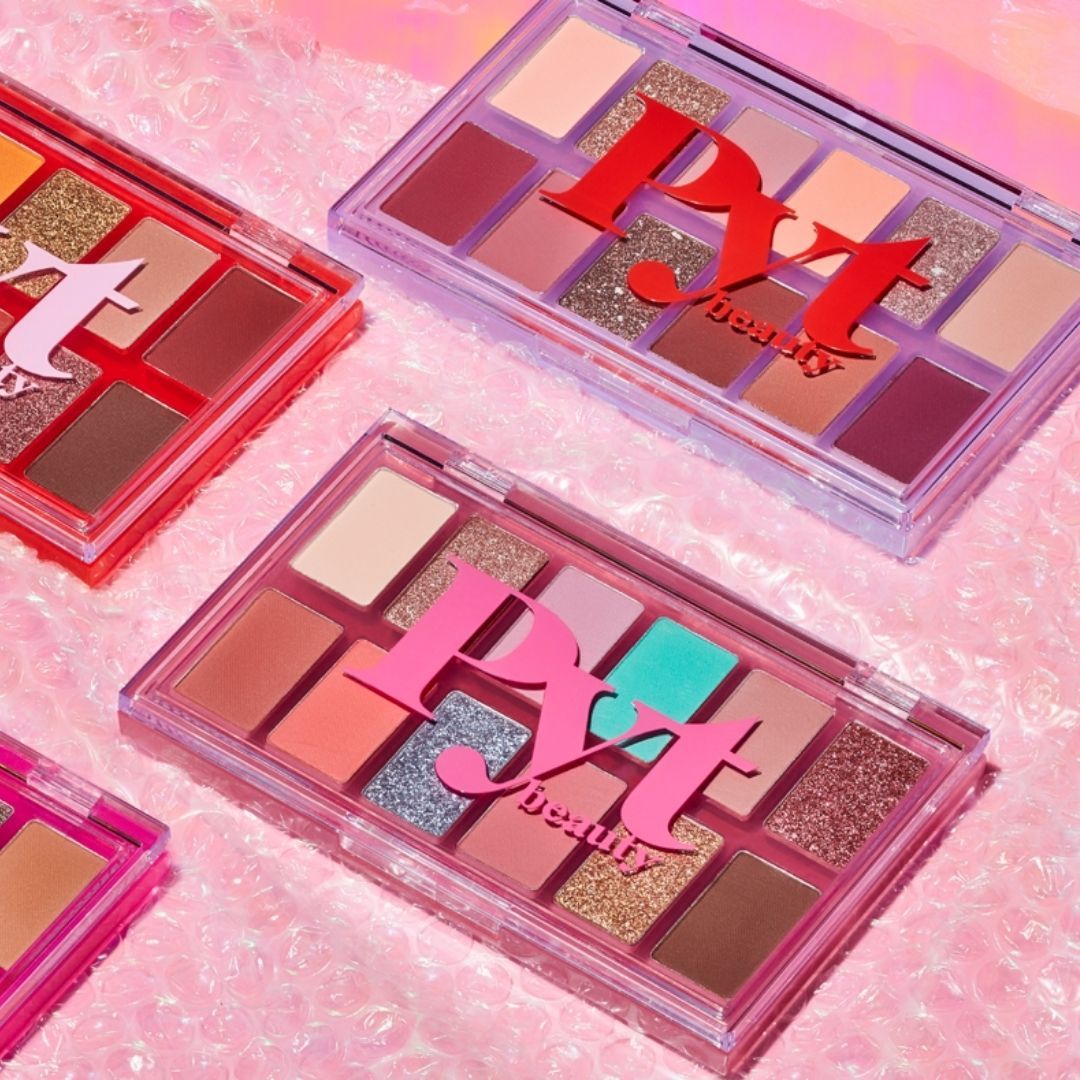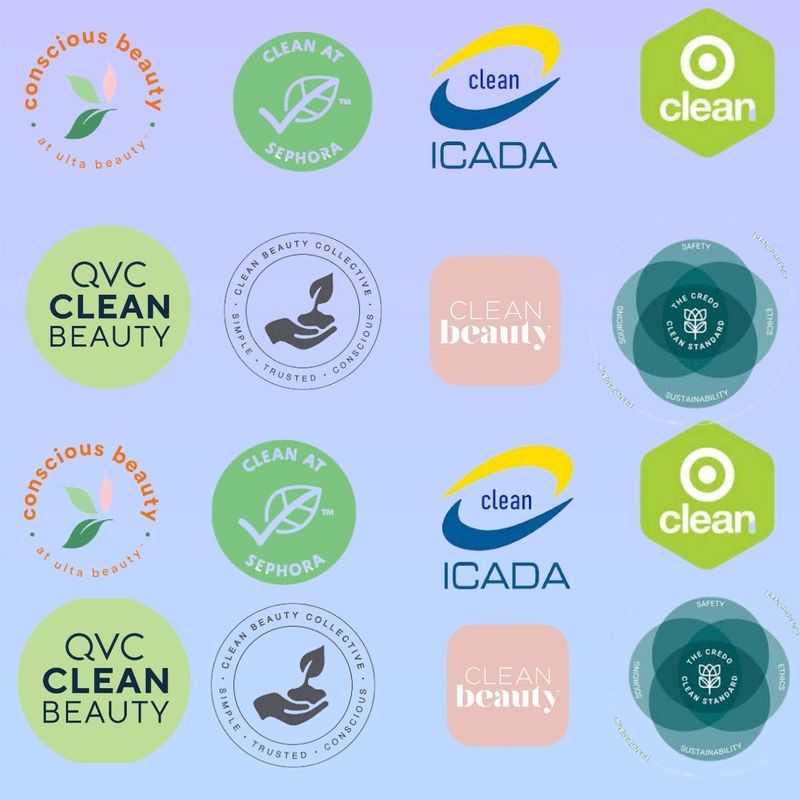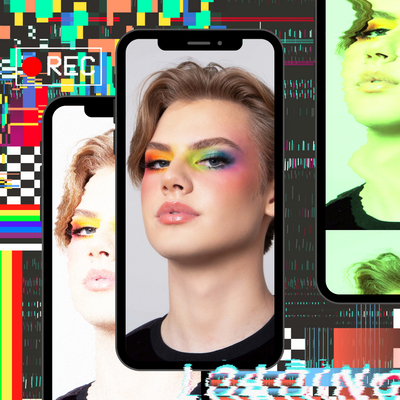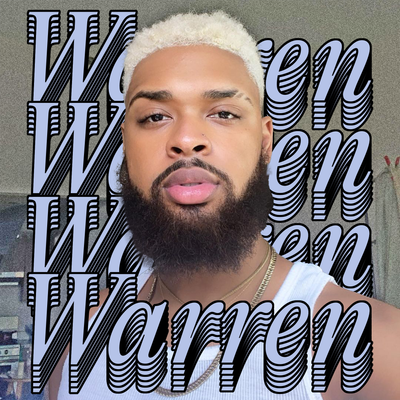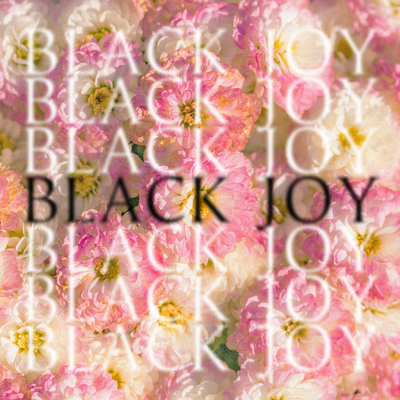Over the past decade, clean beauty has shifted from a niche trend to the center of the beauty world.
Now, it seems that clean beauty is a must-have for all beauty brands, both new and established. But with this boom of interest and production surrounding clean beauty, there has also been a sharp increase in consumer confusion around what “clean” really means and if it really matters.
SEE ALSO: Indie Lee launched the clean deodorant of our dreams in collaboration with Taos Aer
The truth is any brand can call itself “clean.” There is no industry standard or common understanding. Both clean and natural products are being embraced for promoting a decreased reliance on chemicals and synthetic ingredients. But as a result, more and more people are condemning anything that is not advertised as “clean” or “natural,” even if those products have proven to be safe and effective.
What is clean beauty?
Nailing down a definition of clean beauty is nearly impossible. Almost everyone in the industry, from brands to publications to retailers, agrees that the keyword is “non-toxic,” but no one can agree on what’s toxic and what isn’t. If you asked ten different brands what it means to be clean, you would get ten different answers.
How are consumers supposed to know what is safe to use and what should be avoided? The federal government provides no rules or regulations around what can be considered clean. Instead, consumers are at the mercy of the brands and retailers who haphazardly toss around the confusing label. There is no standard definition and no two companies can truly agree on what it should be.
For example, Ulta has a list of 24 ingredients or ingredient categories that cannot be included in a product in order for it to be labeled by the company as clean. Sephora has 35 on its own list. There is some overlap between the standards, though, as many standards can agree on not using parabens, talc, or hydroquinone.
Is clean beauty just an expertly marketed cash-grab?
Products marketed as clean are generally more expensive. Some cosmetic chemists are reporting dramatic increases in product markups, far beyond the industry standard. When asked, brands typically chalk it up to the increased quality of ingredients. But, higher prices do typically make a product more inaccessible to consumers.
Beauty is already seen as a luxury and, by simultaneously emphasizing the importance of using clean beauty products and raising said products’ prices, brands are making clean beauty less accessible to a significant swath of consumers. Why must those who cannot afford the higher prices of clean beauty be relegated to using the products retailers say contain potentially toxic ingredients?
Naural beauty vs. clean beauty
Consumer confusion around the differences between “natural beauty” and “clean beauty,” mainly caused by a general lack of education by the brand, could also be a large part of the reason why buyers are shifting to clean beauty products. In beauty, it is generally understood that a clean product is one made without certain toxic ingredients, though some ingredients may be synthetic. Natural products, on the other hand, are ones that are made only with organic, non-synthetic ingredients.
This confusion is only furthered by major retailers, who frequently lump the products together on their shelves, and publications, who often use the terms interchangeably. For some, this confusion has lead to an international crusade against products that are “unclean” and “unnatural,” as proponents rail against synthetics in cosmetics.
So, is clean beauty worth the investment?
Some scientists are challenging the clean beauty industry’s decision to swear off using certain ingredients, particularly parabens and sodium lauryl sulfate. Both ingredients appear on virtually every clean beauty ingredient ban list, but some feel their placement is not justified.
Parabens, for example, have been painted as harmful hormone disruptors due to their ability to mimic estrogen in the body and have been shunned by the clean beauty community as result. But while there have been studies that have shown potential links to hormone disruption caused by paraben exposure, nothing definite has been published. Yet, much of the beauty world scoffs at products that are not paraben-free, suggesting that some of clean beauty’s strongest beliefs are not science-backed. Hormones and genetics play a much larger role in how products affect people than brands would like to credit, Dr. Anjali Mahto told The Guardian.
Additionally, there is a common belief that a more natural product is inherently less toxic, but this is not always the case. Due to their reliance on plant growth conditions that frequently change, the safety and efficacy of natural ingredients can vary drastically, even between two bottles of the same product.
But overall, it is important to remember that essentially all ingredients in beauty products are not harmful in small amounts, and anything you buy off the shelves is in fact regulated through federal agencies – despite what some brands and influencers will tell you.
READ MORE LIKE THIS
